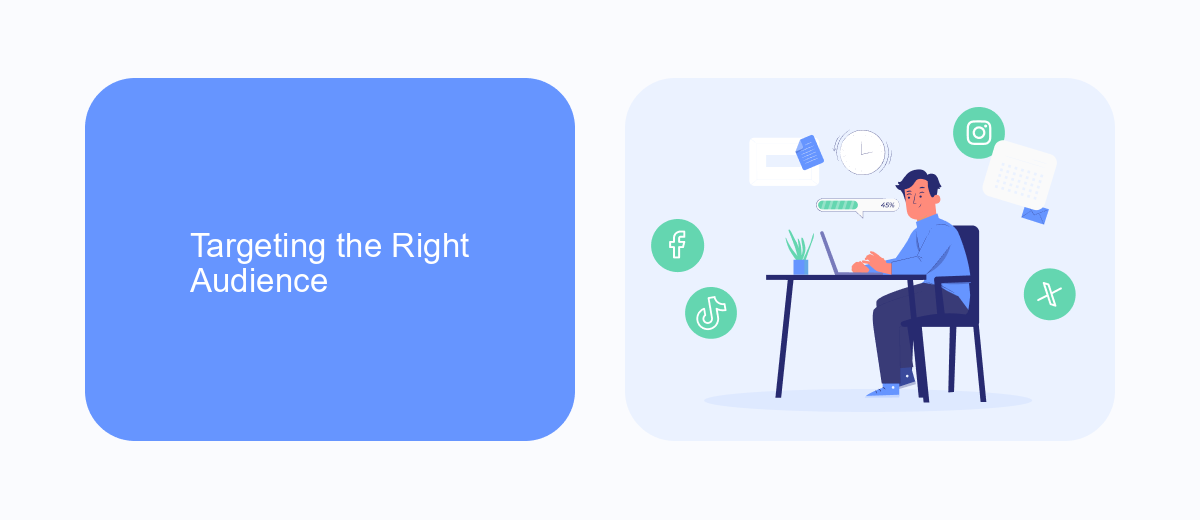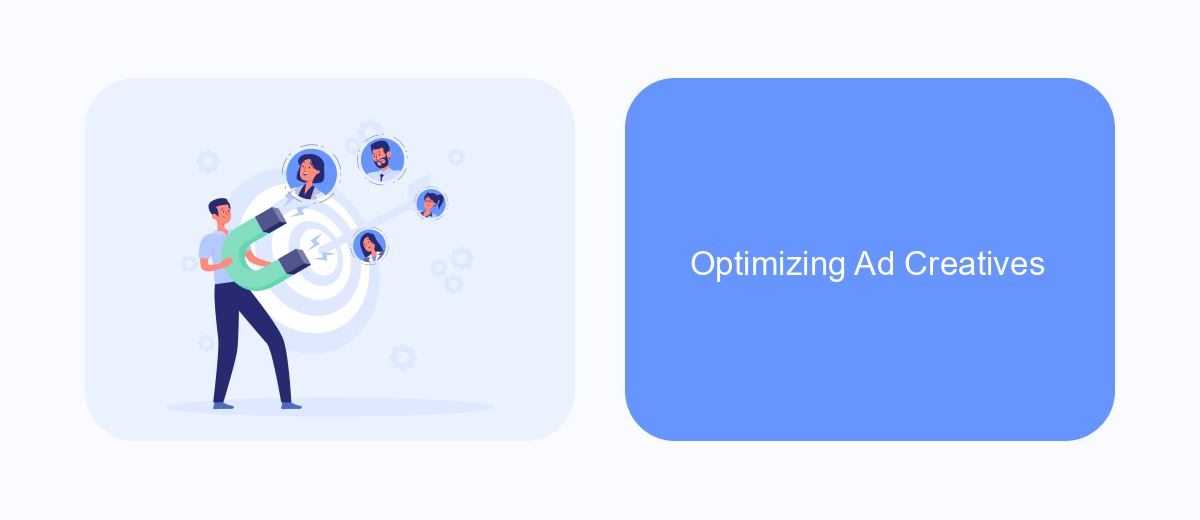In the ever-evolving landscape of digital marketing, optimizing your conversion rate is crucial for success. Meta Ads, with their advanced targeting and analytical tools, offer unparalleled opportunities to enhance your advertising effectiveness. This article delves into the strategies and best practices for maximizing your conversion rate using Meta Ads, ensuring you get the most out of your marketing efforts.
Maximizing Conversion Rates with Meta Ads
To maximize conversion rates with Meta Ads, it's essential to focus on several key strategies that can help you reach your target audience more effectively. By optimizing your ad campaigns and using advanced targeting options, you can significantly improve your conversion rates and achieve better results.
- Leverage lookalike audiences to find new potential customers who resemble your best existing customers.
- Utilize A/B testing to determine which ad creatives and copy perform best.
- Optimize your landing pages to ensure they are user-friendly and relevant to your ads.
- Implement retargeting campaigns to re-engage users who have previously interacted with your brand.
- Monitor and analyze ad performance regularly to make data-driven adjustments.
By incorporating these strategies into your Meta Ads campaigns, you can create a more personalized and efficient advertising experience. This not only helps in capturing the attention of your audience but also in converting them into loyal customers, thereby maximizing your return on investment.
Targeting the Right Audience

To effectively target the right audience for your Meta Ads, begin by thoroughly analyzing your existing customer base. Identify key demographics, interests, and behaviors that define your ideal customer. Utilize Meta's Audience Insights tool to gather valuable data on potential customers, ensuring your ads are seen by those most likely to convert. Tailoring your audience targeting will not only increase your conversion rate but also optimize your ad spend by focusing on high-value prospects.
Additionally, consider integrating advanced tools like SaveMyLeads to streamline and automate your lead management process. SaveMyLeads can help you connect your Meta Ads with various CRM systems, allowing for seamless data transfer and real-time updates. This integration ensures that your marketing efforts are consistently aligned with your sales strategy, leading to more effective targeting and higher conversion rates. By leveraging these tools, you can refine your audience targeting and maximize the impact of your Meta Ads campaigns.
Crafting Compelling Ad Copy

Creating compelling ad copy is crucial for boosting your conversion rates on Meta Ads. A well-crafted ad can capture attention, spark interest, and drive users to take action. To achieve this, focus on clarity, relevance, and emotional appeal.
- Understand Your Audience: Know who you are targeting. Tailor your message to address their needs, desires, and pain points.
- Use Strong Headlines: Craft headlines that grab attention and make users want to learn more. Use action verbs and clear benefits.
- Highlight Unique Selling Points (USPs): Clearly state what sets your product or service apart from the competition. Focus on the benefits rather than features.
- Include a Clear Call to Action (CTA): Guide users on what to do next. Use direct and compelling language like "Shop Now," "Learn More," or "Get Started."
- Test and Optimize: Continuously A/B test different versions of your ad copy to see what resonates best with your audience and improves conversion rates.
By following these steps, you can craft ad copy that not only attracts clicks but also converts those clicks into valuable actions. Remember, the key to successful ad copy is to be concise, relevant, and engaging.
Optimizing Ad Creatives

Optimizing ad creatives is crucial for improving conversion rates in Meta Ads. By focusing on the visual and textual elements of your advertisements, you can capture the attention of your target audience and encourage them to take action. A well-optimized ad creative can significantly enhance the performance of your campaigns.
Start by understanding your audience and tailoring your creatives to their preferences. Use high-quality images or videos that resonate with your target demographic. Additionally, ensure that your ad copy is clear, concise, and compelling, highlighting the unique value proposition of your product or service.
- Use A/B testing to compare different ad creatives and identify the most effective ones.
- Leverage data and analytics to understand which elements drive higher engagement and conversions.
- Regularly update your creatives to keep them fresh and relevant to your audience.
- Incorporate strong calls-to-action (CTAs) to guide users towards the desired action.
By continuously refining and optimizing your ad creatives, you can maximize the impact of your Meta Ads campaigns. Remember, the key to success is staying adaptable and responsive to the changing preferences and behaviors of your audience.


Tracking and Analyzing Results
Tracking and analyzing the results of your Conversion Rate Meta Ads is crucial for optimizing your campaigns and maximizing ROI. Begin by setting up conversion tracking using tools like Facebook Pixel, which allows you to monitor user interactions and measure the effectiveness of your ads. Regularly review metrics such as click-through rates, conversion rates, and cost per conversion to identify trends and areas for improvement. Utilize A/B testing to compare different ad variations and determine which elements resonate most with your audience.
For a more streamlined approach, consider integrating SaveMyLeads into your workflow. This service automates the process of collecting and analyzing lead data from your ads, providing you with real-time insights and actionable recommendations. By leveraging such tools, you can make data-driven decisions to refine your targeting, creative, and bidding strategies. Consistent analysis and adjustment based on these insights will help you achieve better performance and higher conversion rates over time.
FAQ
What is Conversion Rate in Meta Ads?
How can I improve the conversion rate of my Meta Ads?
What metrics should I track to measure conversion rate effectively?
How can automation tools help in optimizing conversion rates for Meta Ads?
Is there a way to integrate Meta Ads data with other marketing tools?
Use the SaveMyLeads service to improve the speed and quality of your Facebook lead processing. You do not need to regularly check the advertising account and download the CSV file. Get leads quickly and in a convenient format. Using the SML online connector, you can set up automatic transfer of leads from Facebook to various services: CRM systems, instant messengers, task managers, email services, etc. Automate the data transfer process, save time and improve customer service.
